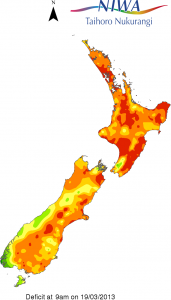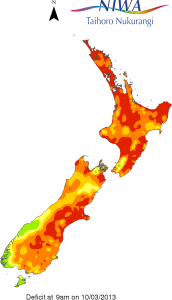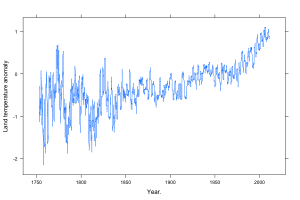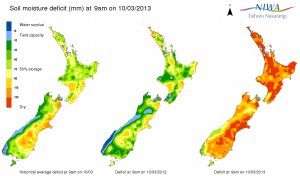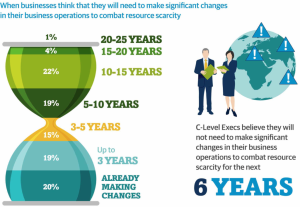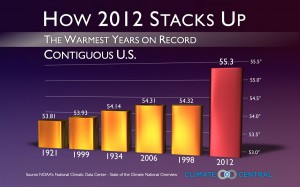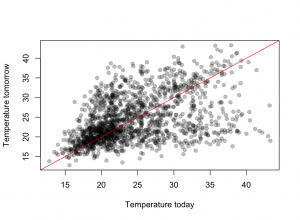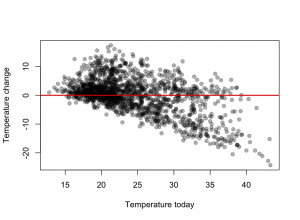There’s been a bunch of publicity recently over claims that Bigfoot really exists and that a group of forensic scientists have the DNA to prove it.
After being rejected from the top journals either because of prejudice and hide-bound conservatism or because of not having any worthwhile evidence, the researchers have managed to publish some results in a peer-reviewed journal. That they set up for the purpose. (unkind scientists on Twitter are making jokes about the next issue, some of which are quite funny)
Ars Technica has the closest to actual information about the paper that I’ve seen, and their analysis sounds right to me. The paper says that the Bigfoot mitochondrial DNA matches humans, so the creature is a hybrid between humans and some unknown primate. However, the mitochondrial DNA matches are mostly to sequences from Europe and the Middle East, not to Native American sequences, which looks like contamination rather than hybridisation. Similarly, the results for nuclear DNA should show fairly long sequences matching humans, and other fairly long sequences that look similar to but not identical to other known primates, but they don’t seem to.
The genome data has only been released in PDF format, not in any of the formats that scientists normally use for storing genome sequences. When someone gets around to converting it, and the full surplus power of the world’s sequence matching software is turned loose, the results will be obvious — so the fact this hasn’t happened is not encouraging.
Is this scientific fraud? Given the real attempts the researchers have made to publish their results, I think we can repeat an answer quoted by physicist Bob Park after the first cold fusion press conference: “Not yet.” And let’s hope it stays that way.
